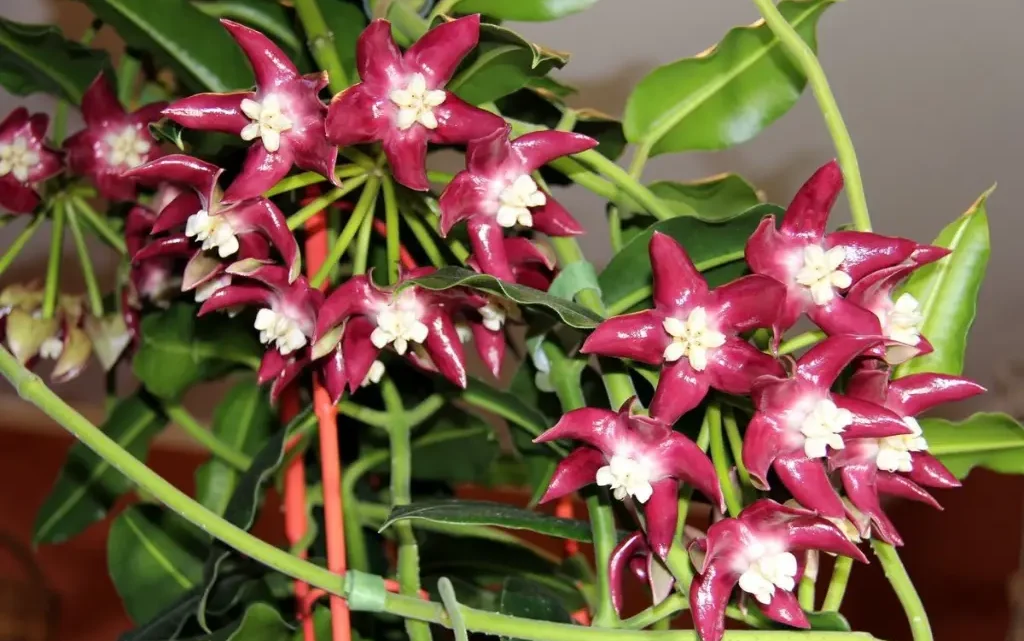
Hoyas, commonly known as wax plants, are beloved by plant enthusiasts for their stunning, waxy flowers and lush, trailing foliage. Native to Asia and Australia, these plants are perfect for both novice and experienced gardeners due to their relatively low maintenance needs. In this detailed guide, we’ll explore everything you need to know to successfully grow and care for your Hoya plants.
Introduction to Hoya
Hoyas are a genus of over 200 species of tropical plants in the family Apocynaceae. Known for their thick, waxy leaves and clusters of star-shaped flowers, Hoyas can be grown both indoors and outdoors, depending on the climate. They are often used as ornamental plants in hanging baskets or trained to climb on trellises.
Types of Hoya
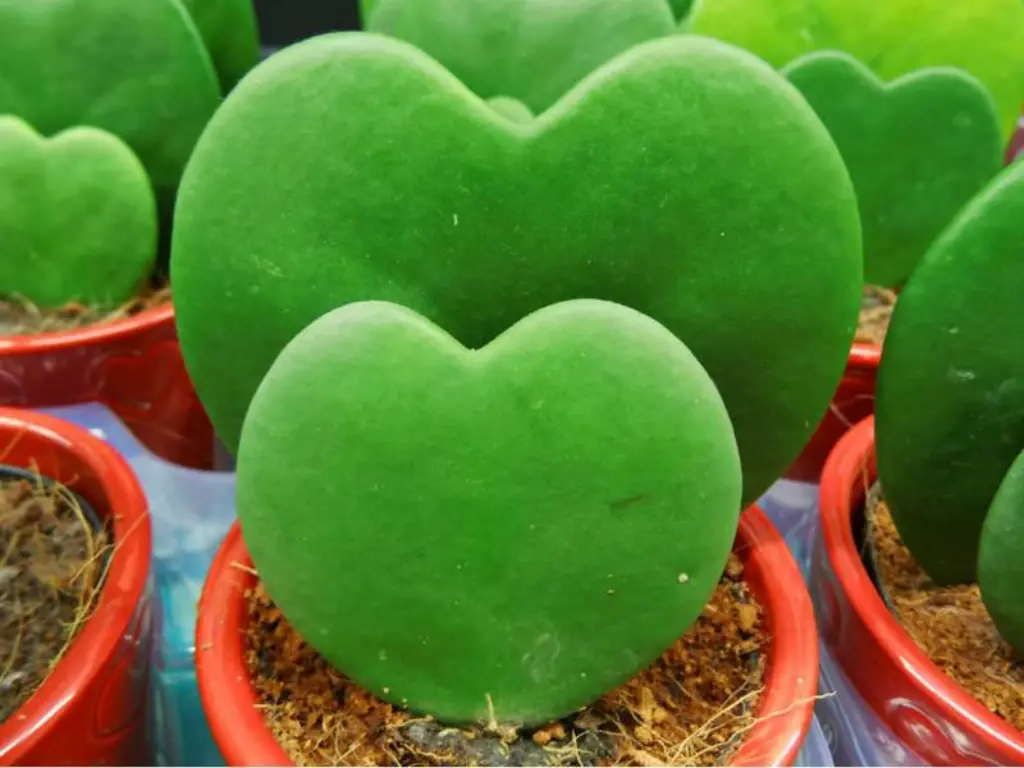

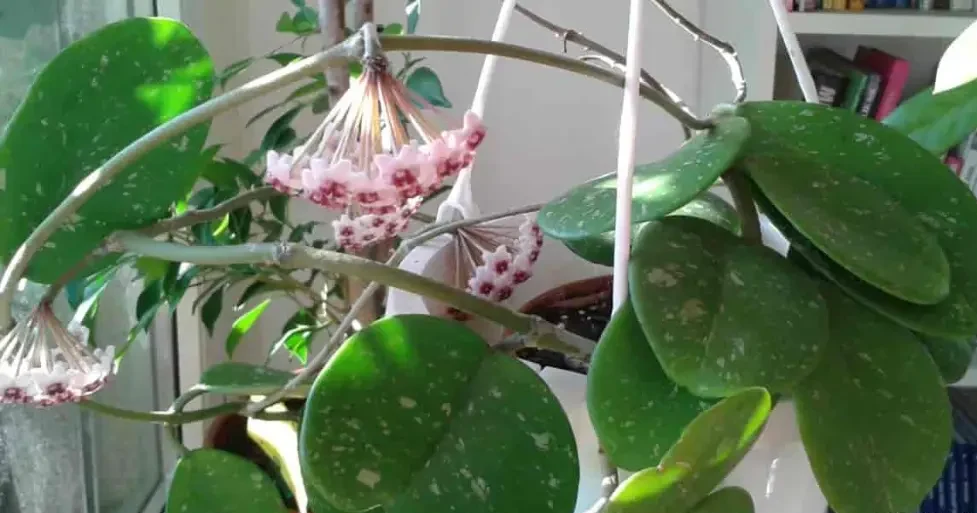
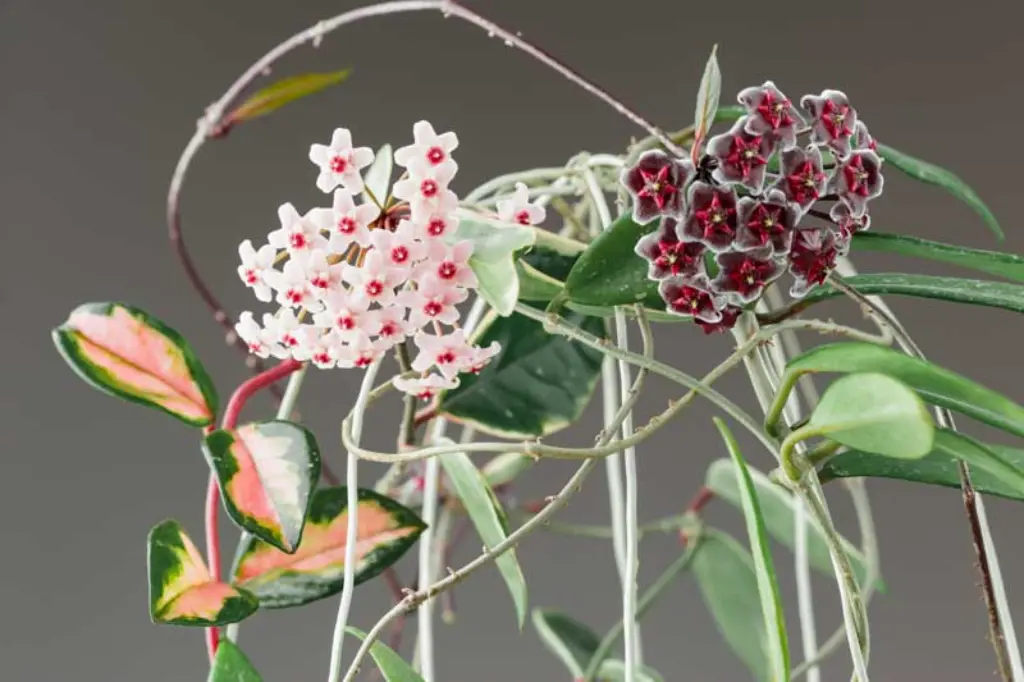
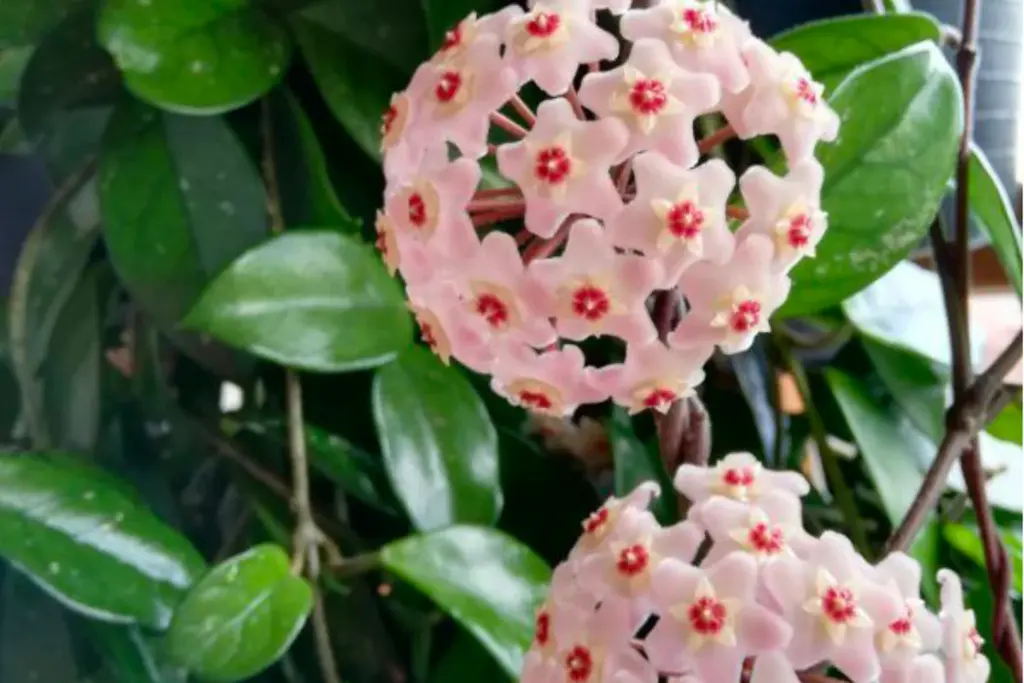
There are numerous species and cultivars of Hoya, each with unique characteristics. Some of the most popular types include:
- Hoya carnosa: The most common species, known for its thick, waxy leaves and pink, star-shaped flowers.
- Hoya kerrii: Also known as the sweetheart plant, this species has heart-shaped leaves and is often sold around Valentine’s Day.
- Hoya obovata: Features round, green leaves with a speckled appearance and fragrant flowers.
- Hoya pubicalyx: Known for its elongated leaves and clusters of fragrant flowers that can range from pink to deep red.
- Hoya australis: A vigorous grower with dark green leaves and fragrant white flowers.
Choosing the Right Hoya for Your Home
When selecting a Hoya plant, consider the following factors:
- Space: Some Hoyas can grow quite large, while others remain more compact. Choose a species that fits the available space in your home.
- Light: Different Hoyas have varying light requirements. Ensure you can provide the appropriate amount of light for the species you choose.
- Climate: While most Hoyas can be grown indoors, some species may thrive better in specific climates if grown outdoors.
Planting Hoya
Soil Requirements
Hoyas prefer well-draining soil with good aeration. A mix designed for epiphytic plants, such as orchids, is ideal. You can create your own mix using the following ingredients:
- 2 parts peat moss or coco coir
- 1 part perlite
- 1 part orchid bark or pumice
This mixture ensures proper drainage and prevents the roots from becoming waterlogged.
Pot Selection
Choose a pot with drainage holes to prevent water from accumulating at the bottom. Terra cotta pots are an excellent choice because they allow for better air circulation around the roots. Ensure the pot is appropriately sized for your plant; Hoyas prefer to be slightly root-bound.
Light and Temperature
Light Requirements
Hoyas thrive in bright, indirect light. Direct sunlight can scorch the leaves, while insufficient light may prevent flowering. An east or west-facing window with filtered light is ideal. If natural light is insufficient, consider using a grow light to supplement.
Temperature Preferences
Hoyas prefer warm temperatures between 60-80°F (15-27°C). They can tolerate slightly cooler temperatures but should be protected from drafts and sudden temperature changes. Avoid placing them near heating or cooling vents.
Watering Hoya
Watering Frequency
Watering needs vary depending on the species and environmental conditions. Generally, water your Hoya when the top inch of soil feels dry to the touch. During the growing season (spring and summer), you may need to water more frequently, while in the dormant season (fall and winter), reduce watering.
Water Quality
Hoyas are sensitive to chemicals in tap water, such as chlorine and fluoride. Use filtered or distilled water, or let tap water sit out for 24 hours to allow the chemicals to dissipate.
Fertilizing Hoya
Fertilizer Types
Use a balanced, water-soluble fertilizer diluted to half strength. Alternatively, you can use a fertilizer formulated for orchids, as it provides the necessary nutrients without over-fertilizing.
Fertilizing Schedule
Fertilize your Hoya every 4-6 weeks during the growing season. Avoid fertilizing during the dormant season, as the plant’s growth slows down, and it requires fewer nutrients.
Pruning and Training Hoya
Pruning Techniques
Regular pruning helps maintain the plant’s shape and encourages new growth. Use clean, sharp scissors or pruning shears to remove any dead or yellowing leaves and spent flowers. Avoid cutting the long tendrils, as these produce new growth and flowers.
Training Hoya
Hoyas can be trained to climb on trellises or grow in hanging baskets. Use soft plant ties or twine to gently secure the vines to a support structure. Regularly adjust the ties as the plant grows to prevent damage.
Common Pests and Diseases
Identifying Pests
Hoyas can be susceptible to pests such as mealybugs, spider mites, and aphids. Regularly inspect your plant for signs of infestation, such as tiny webs, sticky residue, or discolored leaves.
Treating Diseases
Common diseases include root rot and leaf spot. Ensure proper drainage and avoid overwatering to prevent root rot. For leaf spot, remove affected leaves and improve air circulation around the plant.
Propagating Hoya
Propagation Methods
Hoyas can be propagated through stem cuttings or layering.
- Stem Cuttings: Cut a healthy stem with at least two nodes and place it in water or a moist soil mix until roots develop.
- Layering: Bend a flexible stem down to the soil and secure it in place. Once roots develop at the contact point, cut the new plant from the parent plant.
Seasonal Care Guide
Here’s a handy seasonal guide to help you manage your Hoya care throughout the year:
| Month | Jan | Feb | Mar | Apr | May | Jun | Jul | Aug | Sep | Oct | Nov | Dec |
|---|---|---|---|---|---|---|---|---|---|---|---|---|
| Planting | Yes | Yes | Yes | Yes | ||||||||
| Flowers | Yes | Yes | Yes | Yes | Yes | |||||||
| Pruning | Yes | Yes |
Troubleshooting Common Problems
Yellowing Leaves
Yellow leaves can be a sign of overwatering, underwatering, or nutrient deficiency. Check the soil moisture and adjust your watering schedule accordingly. If the plant is under-fertilized, apply a balanced fertilizer.
Lack of Flowering
If your Hoya is not flowering, it may not be receiving enough light. Ensure it gets bright, indirect light for several hours a day. Also, check if the plant is root-bound; repotting can sometimes stimulate flowering.
Pests
Treat pests with insecticidal soap or neem oil. Isolate the affected plant to prevent the infestation from spreading to other plants.
Conclusion
Growing Hoya plants can be a rewarding experience for both novice and experienced gardeners. With their stunning flowers and easy-care nature, Hoyas make a beautiful addition to any home. By following this comprehensive guide, you can ensure your Hoya plants thrive and bring joy to your indoor garden for years to come.



